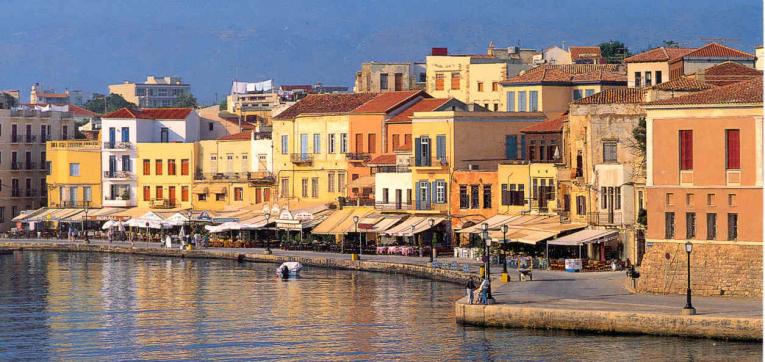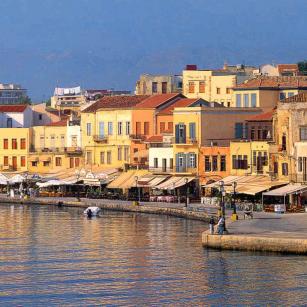The ancient town of Kydonia had been inhabited since Neolithic times and saw prosperity and decline in succession several times in its long history. It flourished mostly under Venetian rule, when it acquired its modern name Chania and was often referred to as 'Venice of the East', a glory now reflected in the inner harbour, Venetian lighthouse, arsenals and castle. While in town, enjoy walking through the historic quarters and along the waterfront, and take a look at the domed Mosque of the Jannissaries. Visit the Archaeological Museum to see a great number of artefacts from sites all over the island, and the Naval Museum if you are interested in model ships and the role of Cretan fighters and the Allies in World War II.
The Chanion region combines exquisite natural beauty with historical sites. It is famously rugged and mountainous in the south and centre, as most of it is taken up by the massive Lefka Ori (White Mounts), but still allows the visitor to travel to spectacular sandy beaches in the South West (Elafonissos), West (Falasarna) and all along the northern coast. This walkers' paradise includes at least two walkable gorges slashing through the mountains (Imbros and Samaria), and possibly affords you the only chance to cross stone arched bridges over dry land (the only safe time to cross gorges which double as winter torrent beds is when they are dry!)












